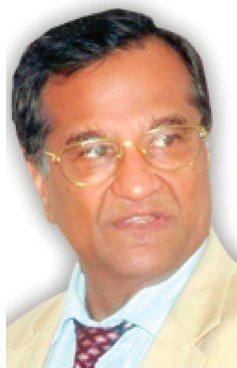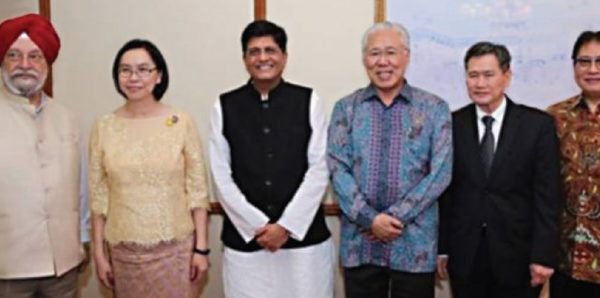
Govt announces booster for exports
Welcoming the much-needed booster for the exports sector, FIEO President, Mr Sharad Kumar Saraf said that the announcement made by the Hon’ble Finance Minister Ms Nirmala Sitharaman has come at a time when there are signs of worsening global economic conditions pointing further toward downward revision of global trade growth. Slew of new measures announced…



